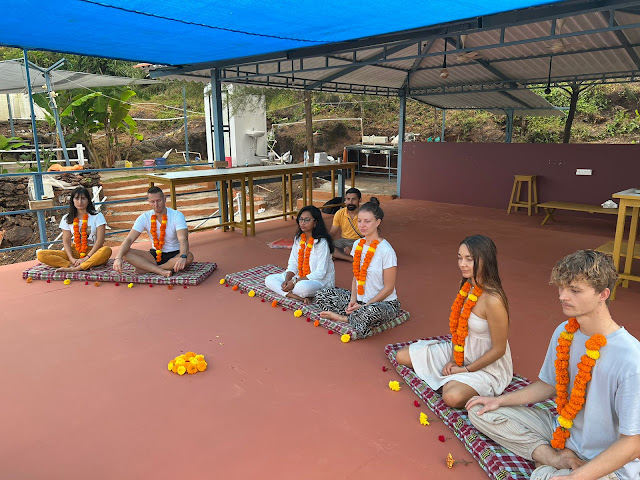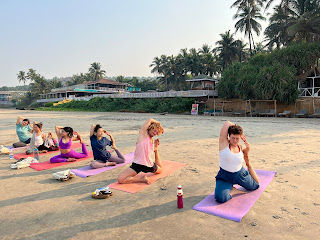How Yoga Is More Holistic Than Other Stretches
You can use many kinds of stretches to loosen your muscles and your body. Typical, traditional stretches involve stretching muscles one at a time. This is often done before or after a work-out.
Proprioceptive neuromuscular facilitation (PNF) is another type of stretching. When you practice a PNF stretch for a muscle, you use the help of other muscles to enable you to get a deeper stretch.
There are a few other
styles of stretching, including assisted and partner stretches, but yoga may be
the most holistic type.
Yoga Roots-
Yoga (Become Yoga Instructor) is an ancient art. It has been practiced for thousands of
years, with origins in India. It was developed as a lifestyle practice to keep
the body and mind flexible.
It was originally
developed by upper-class citizens, which is why yogic names and expressions are
in Sanskrit. It was developed as an elitist language, but traditions have not
dropped it from modern-day yoga practice "for the common man".
Yoga was developed as a
system, practiced for health and vitality. Because of its many health benefits,
it is considered Ayurvedic medicine.
Ayurveda(Yoga Trainingin Goa) is the world's oldest system of medicine, dating back seven thousand
years. It is practiced heavily in many Far Eastern countries. Health
practitioners in the U.S. are new to understanding and practicing Ayurveda.
Health benefits of Yoga-
A yoga session(Yoga training class in Goa) is a kind of meditation. Throughout parts of the
meditation, you may be focused on breathing. Other times you might be focused
on clearing your mind, and filling your body with positive thoughts.
During most yoga
sessions, the majority of your time is spent in a moving meditation.
You focus on a series
of movements to stretch your muscles in different ways. You may pause and
concentrate on the proper technique for an asana, or pose. Or you may keep
movements more fluid, briefly pausing before moving to the next asana.
Some of the health benefits from regular yoga practice include:
- Improved mood and energy
- Reduced anxiety
- Enhanced relaxation
- Improved sleep
- Increased blood flow
- Loosening muscles
- Physical tension relief
- Reduced emotional stress
Many of these benefits
are common to all types of exercise. But stretching does not provide the same
benefits of cardiovascular or strength training, so it is important to include
those in a well-rounded exercise program.
The holistic nature of
yoga.
Yoga (Vocational Yoga teacher course) is a dynamic form of movement. First, unlike other
types of stretching that isolate muscles, stretching one at a time, yoga is
based on asanas. Asanas are poses, or postures. To perform most asanas, you
need to focus on holding several muscles in a stretched and balanced position.
Yoga is also unique in that it involves multi-directional stretching. Stretches, exercises, and sports are more dynamic when they involve movement in multiple planes, or directions. Multi-directional exercise is beneficial because many everyday activities use movements that are multi-directional.
Furthermore, yoga
loosens muscles with specific focus on tension areas. For example, "hip
opener" asanas release tension in a way that allows great amounts of
circulation and energy to flow from the upper body to the lower body. Around
our shoulders, our thoracic outlet is an area that can get tense from overuse
and typical poor posture. Yoga is dynamic, using several muscles in
multi-directional movement. Combined with its effect on improving circulation
through tension areas, yoga may be a powerful holistic therapy.


Comments
Post a Comment